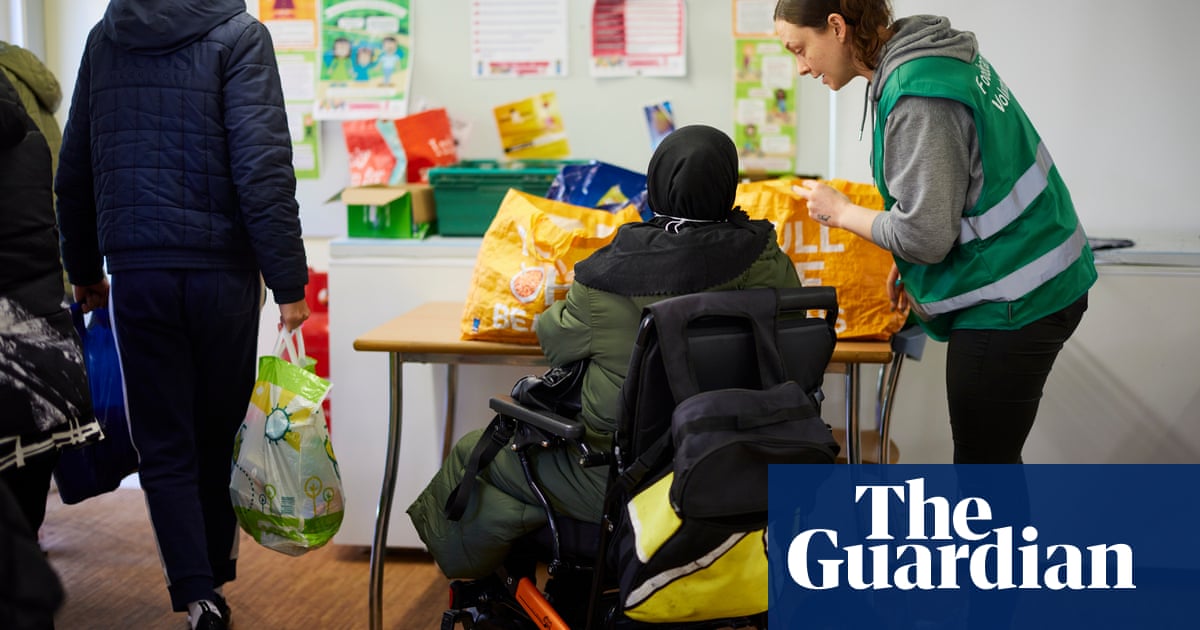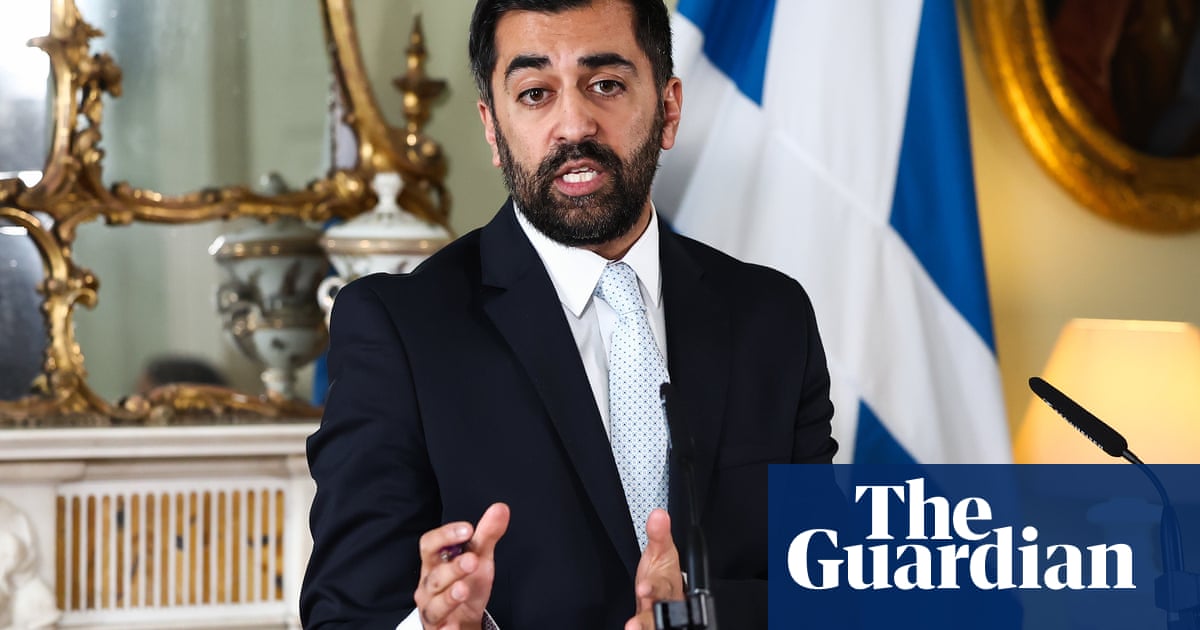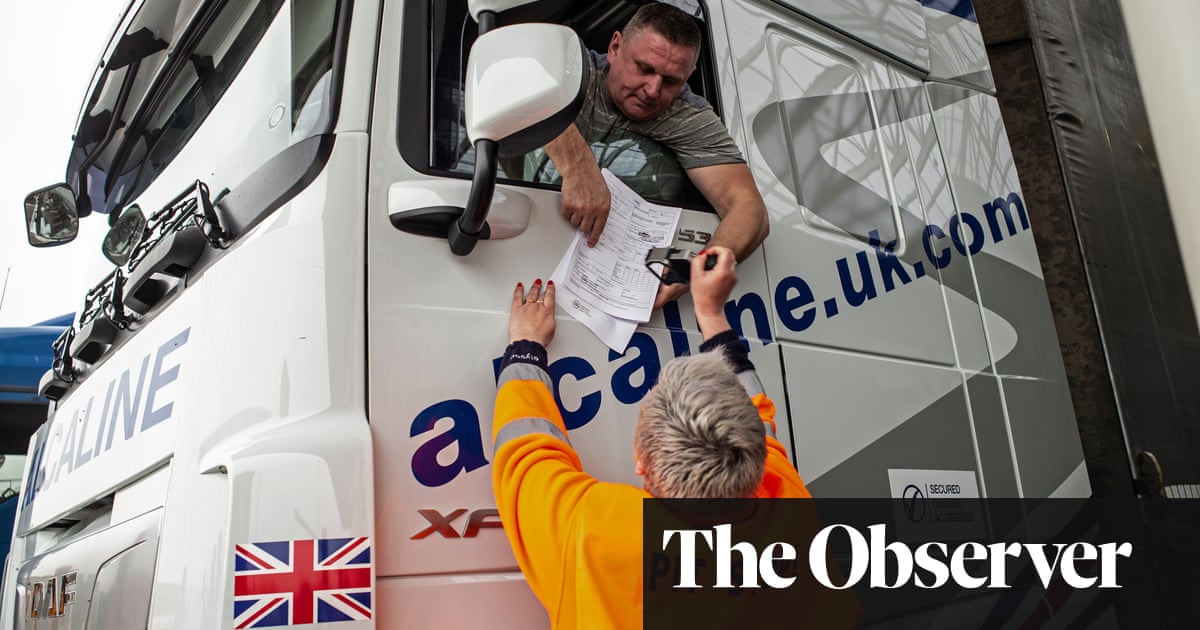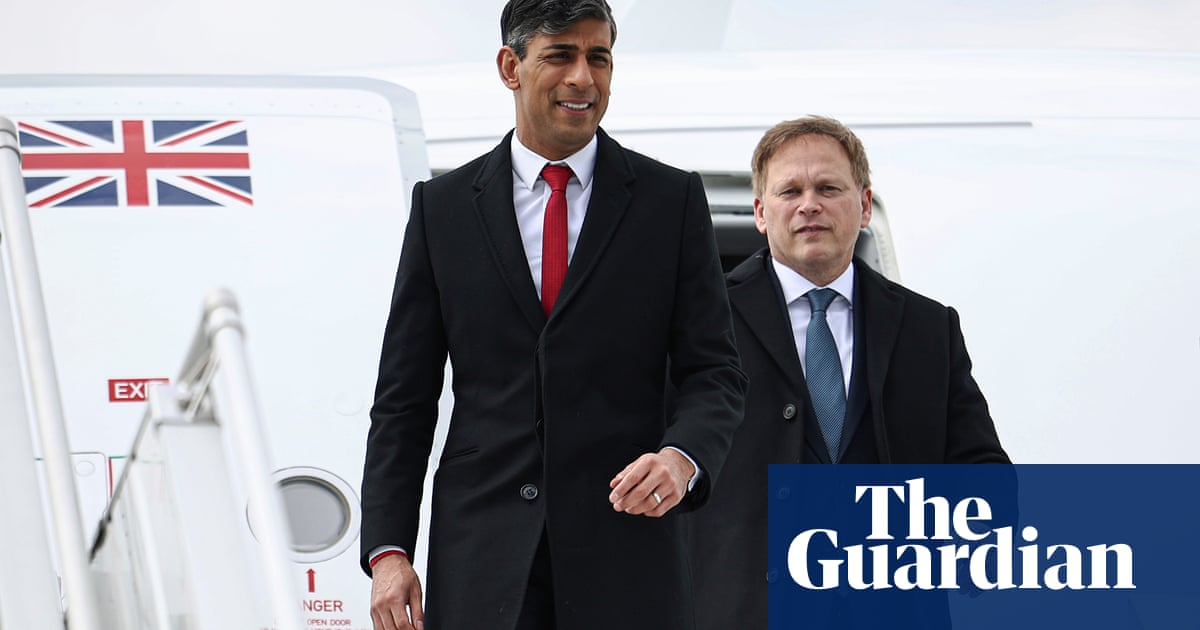Nearly fifth of UK in absolute poverty at height of cost of living crisis | Poverty


The UK’s poorest families have borne the brunt of the cost of living crisis, according to latest official figures that show 300,000 more children were plunged into poverty amid falling incomes and soaring levels of hunger and food bank use.
Campaigners accused the government of failing to protect low-income households, as statistics showed 600,000 more people were in absolute poverty – ministers’ preferred poverty measure – in 2022-23 when inflation was at its 10% peak.
Overall, 12 million people were in absolute poverty at the height of the cost of living crisis – equivalent to 18% of the population, including 3.6 million children, levels of hardship last seen in 2011-12 after the financial crash.
The figures give statistical ballast to increasing concerns about rising poverty, particularly more extreme forms of hardship such as destitution, where individuals are unable to afford basic living essentials such as food, energy and clothing.
Labour called the figures “horrifying” and promised to tackle the problem if it won power at the next election. “We’ll fix this Tory failure yet again with a new cross-government child poverty strategy,” said the shadow welfare minister, Alison McGovern.
The government said its cost of living support package, which included one-off cash payments and support with energy bills for low-income households, had alleviated pressure on poorer families and prevented more than 1 million people falling into poverty.
But charities said the second successive annual rise in absolute poverty figures showed it had not done enough. “The government’s short-term interventions to date haven’t stopped the incomes of poorer households from being swallowed up by the soaring cost of essentials,” said Peter Matejic, the chief analyst at the Joseph Rowntree Foundation.
The Institute for Fiscal Studies said official poverty statistics may understate the rising deprivation over the course of the current parliament, when there have been big increases in individuals experiencing food insecurity and material deprivation.
The latest figures show food insecurity rose dramatically, up from 4.7 million people (7%) in 2021-22 to 7.2 million (11%) in 2022-23. Food bank use is also up, with 3.4% of all UK households saying they had accessed charity food in the past 12 months, a figure that rises to 10% of households in poverty.
The latest poverty figures are likely to focus attention on the adequacy of welfare benefits. According to the Resolution Foundation, 41% of universal credit claimants were food insecure, meaning they could not afford sufficient food.
Source link




